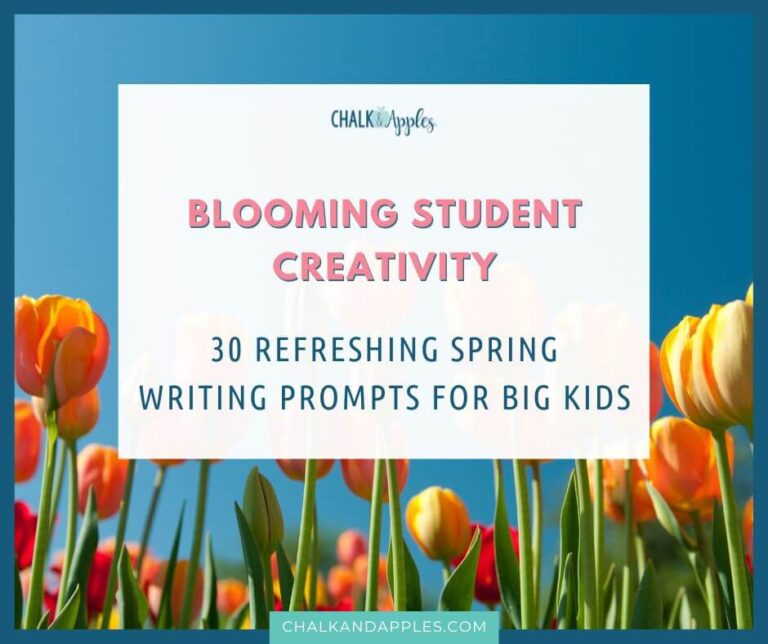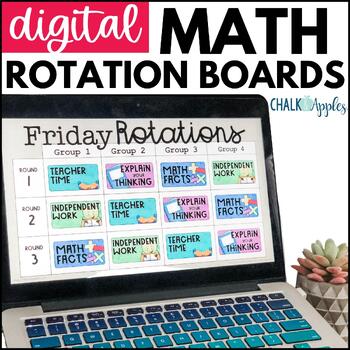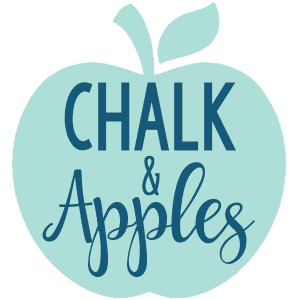
Create a Narrative Writing Anchor Chart That Will Compel Your 4th, 5th, and 6th Grade Students
Creating a narrative writing anchor chart for the upper elementary classroom can effectively guide students through crafting compelling stories. An anchor chart is a visual reference that remains displayed in the classroom, offering students a quick and accessible guide to enhance their narrative writing skills. Here’s a breakdown of what you might include on a narrative writing anchor chart, along with steps in the writing process and some prompts to inspire young writers.
Keep reading to learn more!

As you begin teaching the narrative writing process, you may find an anchor chart helpful to show students a visual representation of the work they will be doing. There are many different routes you can take with the anchor chart, and you will likely find yourself creating multiple throughout the lesson. Here are a few examples of narrative writing anchor charts you may create.
1. Elements of a Narrative
One of the first steps in introducing students to narrative writing is showing them the important parts of the piece. Here are the most important ones upper elementary students should see on a narrative writing anchor chart.
- Setting: Where and when the story takes place.
- Characters: Introduce and describe the main characters.
- Plot: The sequence of events that make up the story.
- Conflict: The central problem or challenge the characters face.
- Resolution: How the conflict is resolved or addressed.
2. Narrative Writing Structure
Once you introduce students to the pieces needed to create a compelling narrative, you have to show them the framework for the writing. No one wants a story that’s all over the place. Following this simple structure will help. Lay it out on a narrative writing anchor chart for clarity.
- Introduction:
- Hook the reader with an engaging opening.
- Introduce the characters and setting.
- Body:
- Develop the plot through a series of events.
- Build suspense and tension.
- Show character reactions and emotions.
- Conclusion:
- Resolve the conflict.
- Provide a satisfying ending.
3. Writing Techniques
Kids will begin to master the initial concepts of writing, and as they do, you can encourage them to better their writing each time they start a new piece. This is where you create a narrative writing anchor chart about making the writing better each time! Give them these tips:
- Descriptive Language: Encourage the use of vivid and sensory details.
- Dialogue: Teach students how to use dialogue to bring characters to life.
- Transitions: Show how to use transitional words and phrases to guide readers through the story.
- Show, Don’t Tell: Emphasize the importance of showing actions and emotions rather than just telling.
4. Revising and Editing
This is the step most students dislike the most, but it’s the most important. Emphasize to your students how necessary it is to check work. Here are some common ways to edit a draft and make it as perfect as possible!
- Peer Feedback: Encourage students to share their writing with peers for constructive feedback.
- Self-Editing: Teach basic editing skills, focusing on grammar, punctuation, and spelling.
- Revising for Clarity: Emphasize the importance of clarity in storytelling.
5. Narrative Writing Prompts
To get you and your students started, use a few of these narrative prompts. Display them on a narrative writing anchor chart and let them choose as they begin.
- Write about a time when you faced a challenge and overcame it.
- Imagine you discover a magical object. Describe the adventure that follows.
- Create a story set in a futuristic world where technology has taken over.
- Write about a memorable moment from your summer vacation.
- If you could travel back in time, what historical event would you visit, and why?
6. Writing Process
To sum it all up, here is how students should naturally start and end their writing process! Practice over and over so they get the hang of it; in no time, they will be masters.
- Brainstorming: Generate ideas and plan the story.
- Drafting: Write the initial version of the narrative.
- Revising: Make improvements to the content and structure.
- Editing: Correct errors in grammar, punctuation, and spelling.
- Publishing: Share the final, polished narrative.
By incorporating these elements into a narrative writing anchor chart, students can refer to it as a constant reminder of the key components and techniques needed for successful storytelling. This visual aid can be a valuable resource in fostering a supportive and creative writing environment in the upper elementary classroom.
More Posts about Narrative Writing
- 20 Inviting Narrative Writing Example Prompts for Upper Elementary Students
- Vocabulary Words for 6th Graders Can Be Exciting and as Simple as 1-2-3
- 4 Exciting Prompts for Narrative Writing That Will Spark Creativity
- A Useful Guide to Using a Narrative Writing Graphic Organizer for Kids

Share
Shop Teacher Favorites
Find ready-to-go lessons, activities, and organizational tools to simplify your life and help you fall back in love with your job.
-
Reading Digital Rotation Board with Timers (Editable)
$10.00 -
Sale!
Digital Rotation Boards for Reading & Math (Bundle)
$21.00Original price was: $21.00.$15.20Current price is: $15.20. -
Math Digital Rotation Board with Timers (Editable)
$11.00 -
Word Work for Big Kids: PRINTABLES for Vocabulary
$4.00 -
Great Mail Race Complete Kit
$4.50
free teaching resources
Join the Newsletter
Get teaching tips, resources, and freebies delivered right to your inbox once a week!
The Links
The Shop
The Community
We weren't meant to do this teaching life alone... we need each other. Join our Upper Elementary teacher community on Facebook for tips, ideas, and support from people who get it... teachers just like you!
© 2013-2024 Chalk & Apples • Website by KristenDoyle.co










